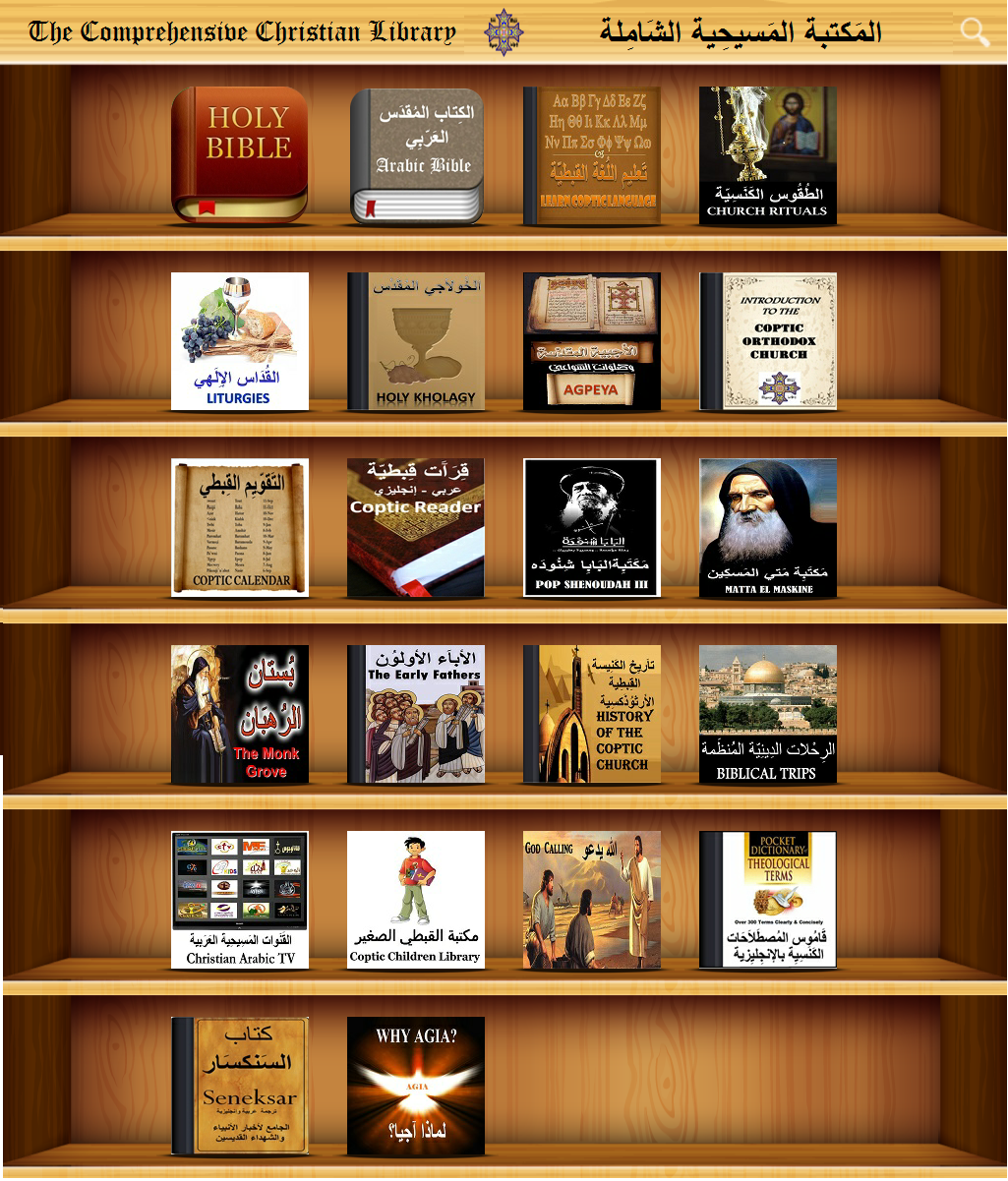

The manuscripts in ABMQ bear witness to a vibrant, cosmopolitan Copto-Arabic culture that flourished from the Middle Ages to the modern era.

Thus, Coptic collections like ABMQ include manuscripts written in Arabic as well as in Coptic. Arabic has been the principal language used by Copts from the Middle Ages onward, with Bohairic Coptic retained as a learned language. The Coptic language, used today as a liturgical language of the Coptic Orthodox Church, is a modern survival of the ancient Egyptian language of the Pharaohs, although written with an alphabet derived mostly from Greek and incorporating a large amount of Greek vocabulary. It is also HMML’s first digitized Coptic collection, although scattered manuscripts of Coptic origin are found in other HMML collections. The digitization of the ABMQ collection has the distinction of being HMML’s first partnership in Egypt. The first note changes an Arabic word meaning “lord” or “husband” to the more common word for “husband ” the second changes “and he thought in secret to release her” to “and he thought to release her in secret” (the latter agreeing with the Coptic text) and the third changes “your wife” to “your fiancée.” ( ABMQ 00017) In the right margin, a scribe has written corrections to the Arabic text in red. This page from a fourteenth-century Coptic-Arabic Gospel book includes the beginning of Matthew’s narrative of the birth of Jesus (Matt. The greater part of the collection consists of Arabic manuscripts dating from the thirteenth to nineteenth centuries, containing Bibles, commentaries, hagiographies, and apocryphal stories. These include some richly illuminated fourteenth-century Bibles in parallel columns of Coptic and Arabic text.

The manuscript holdings today number about 550. However, many fine manuscripts remain at the monastery. Many of these manuscripts, which once filled an upper room in the southwest corner of the monastery’s keep, now reside in European libraries. The monastery is known as a source of manuscripts in Bohairic Coptic (the preeminent dialect of Coptic during the Middle Ages). Roughly a quarter of the patriarchs of the Coptic Orthodox Church were chosen from among the monks of Dayr Anbā Maqār. Founded in the fourth century CE, the monastery was built up in the seventh century by the patriarch Benjamin I and experienced cycles of upheaval, decline, revival, and expansion over the centuries. The Monastery of Saint Macarius (in Arabic, Dayr Anbā Maqār) is one of the oldest active Coptic monasteries in Egypt.


 0 kommentar(er)
0 kommentar(er)
